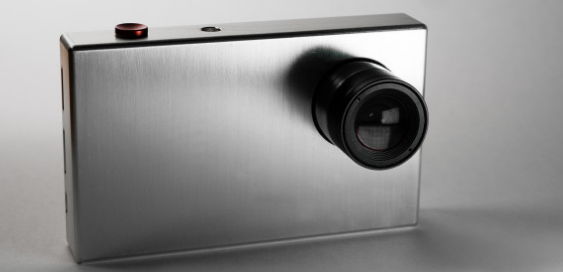Everyone is searching for the holy grail of virtual reality. In the meantime, companies from all over the world are busy throwing everything at the wall in an effort to see what sticks. Currently, Oculus Rift is the obvious leader, but with upstarts from companies like HTC and Valve, Samsung, Microsoft, and all the other little guys vying for attention through crowdfunding platforms, the landscape is bursting at the seams.
Impression Pi is another combination virtual reality, augmented reality mobile headset that works with iOS and Android smartphones, provided they have 5 inch displays or larger. By combining accurate head tracking capabilities, gesture control, and both VR and AR environmental overlays, users can transform their real world surroundings into virtual environments capable of being traversed with the Impression Pi’s ability to track positioning. The Impression Pi’s interface also allows for social media engagement, not to mention movie viewing and gaming as well. Even better, all of this is possible with just a flick of the finger and the wave of a hand. $279 gets backers the smartphone version while $359 will get backers the Master edition which can be used sans smartphone. If the $78,000 goal sees success by May 5, 2015, backers can expect their own Impression Pi in December 2015.
Impression Pi treads on familiar ground. The ShareVR is another mobile VR solution, although it has to be tethered to a PC — ultimately limiting the “mobile” aspect of the design. Another gesture-enabled VR product is the Pinć VR, a headset which can be folded into a smartphone case. The Impression Pi may be powerful enough to create environments, but it isn’t as portable as the Pinć VR. The latter proves its usefulness in more real-world situations, while the Impression Pi is stuck at home. With no compelling use cases in the pipeline, the Impression Pi will likely have a tough time garnering support.
 The prevalence of smartphones and tablets is something that needs to be carefully managed around children lest they become too attached. It’s been proven that too much screen time can have an adverse on young, developing minds, something that prompted the team behind Egger to do something about it.
The prevalence of smartphones and tablets is something that needs to be carefully managed around children lest they become too attached. It’s been proven that too much screen time can have an adverse on young, developing minds, something that prompted the team behind Egger to do something about it.


